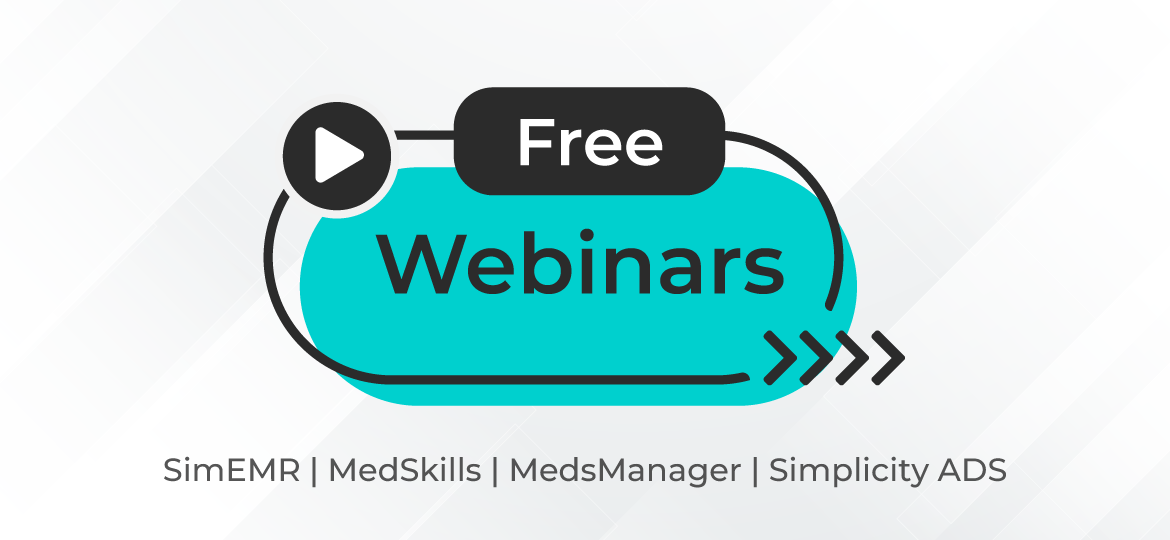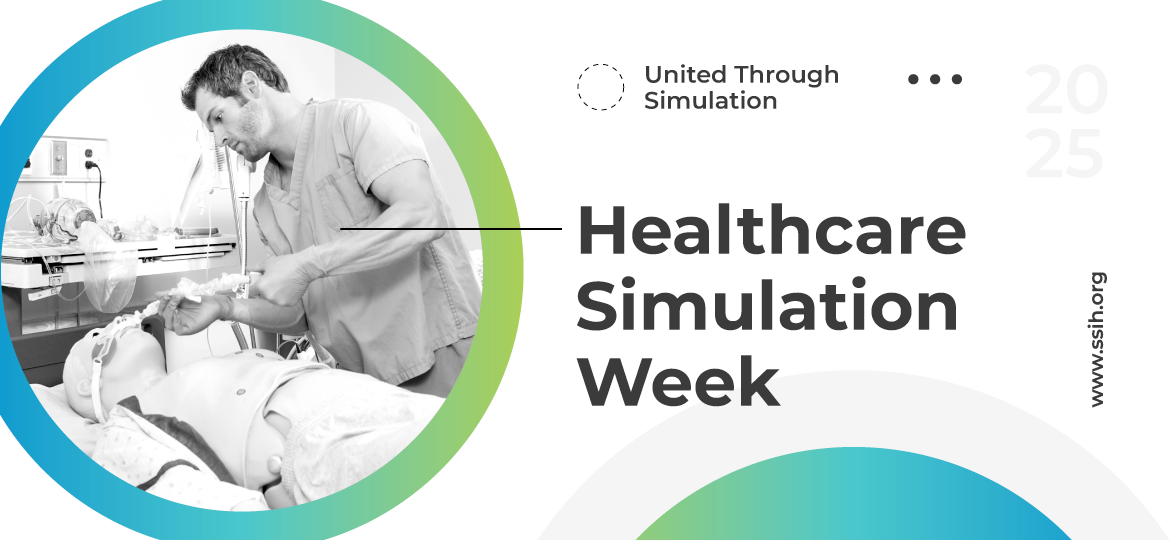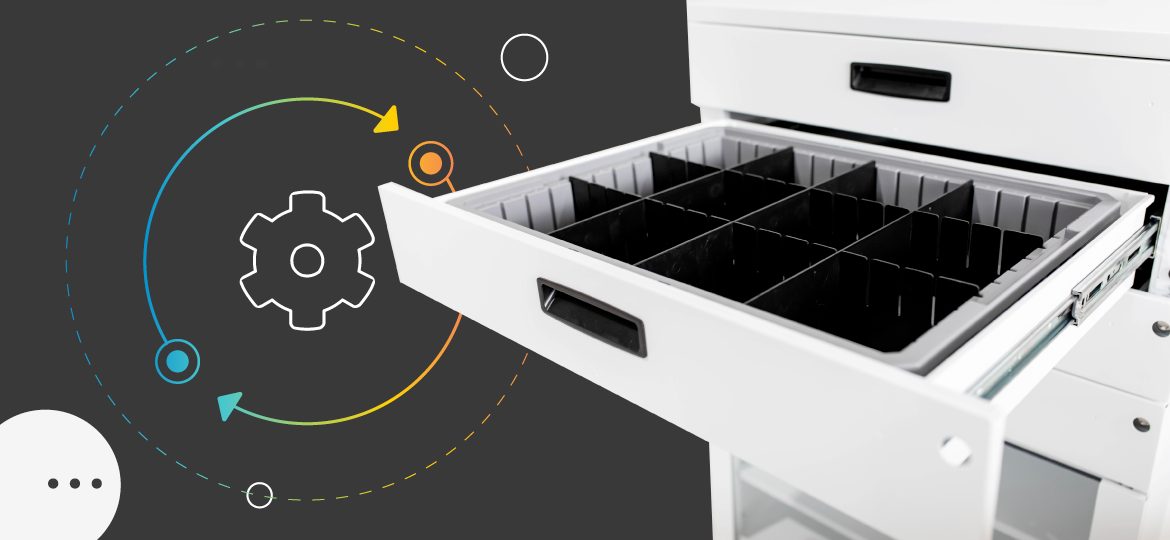When it comes to healthcare education, fully understanding the overall objectives of your program and expected outcomes is what needs to come into consideration when choosing the most suitable fidelity for simulations. Each program has different priorities for their objectives, while each solution has various strengths.
Throughout time, healthcare education has evolved, creating numerous ways for learners to practice patient care. Healthcare simulations are effective in building learners’ collaboration and communication skills, confidence, and knowledge retention through hands-on practice. Simulation also allows learners to develop the ability to problem-solve, particularly when faced with a situation that requires on-the-spot critical thinking.
Utilizing Standardized Patients (SPs) is a common method used in current simulation-based training. According to The Society of Simulation in Healthcare (SSH), “an SP is defined as a person who has been carefully coached to simulate an actual patient (or participant) so accurately that a skilled clinician cannot detect the simulation. SPs can be used to enhance teaching and provide a critical evaluation of performance with feedback during simulation debriefing.”
Utilizing SPs for scenarios is often looked at as being more realistic as it requires human interactions, clinical decision-making skills and communication. The benefit of using a SP for training purposes is that it can help learners practice interacting with a real person, portrayed as a patient in numerous healthcare settings. This can improve a learner’s communication skills with future patients as they are able to gain insight from educator and SP evaluations in regards to their performance.
While studies have shown simulations utilizing SPs are best to improve communication skills, many simulations additionally utilize simulators to more accurately measure data. For example, high-fidelity manikins are able to simulate a wide-range of scenarios due to adjustable features, such as pulse pressures, breathing patterns, eye movements, heart sounds, and airway problems.
While SPs are preferred over manikins for more realistic and engaging simulations in terms of building communication-skills, it is important to note that they are both equally effective in different ways and one should not replace the other. Including an SP or manikin typically depends on what is available to the school and the type of scenario being practiced, as each scenario requires different criteria. For this reason, many learning centers have both SPs and manikins available.
SPs and manikins alike are often paired with other simulators to create various training scenarios or simulations. For example, BPSim, our analog sphygmomanometer simulator, can be used as a skills trainer on a manikin arm or to add realism to high-fidelity simulations like scenarios in which an SP may need their blood pressure taken.
The ability to properly manage all of the people, tools, and scenarios that can be included in healthcare training and simulation is crucial. That is why we created Simplicity7, an all-inclusive center management solution customizable to your learning center’s needs. Simplicity7 was designed to streamline data capture and maximize the efficiency of your facility.
The Simplicity7 Scenarios module makes managing SP sessions a breeze. Simplicity7 Scenarios features the ability to create and manage patient cases, scenarios, sessions, and actors from a clear, user-friendly interface. Schedule SP sessions with ease, just add the date, time, and scenario, and assign learners to time slots. After scheduling the sessions, running them is as simple as the push of a button.
Simplicity7 offers a wide variety of features and add-on modules that can cater to your needs. If you would like to learn more about what we have to offer, contact us today.
If you liked this article, don’t forget to subscribe for more.






